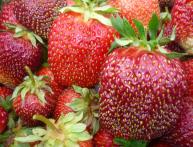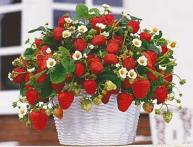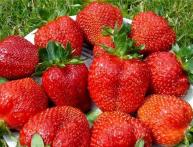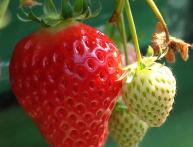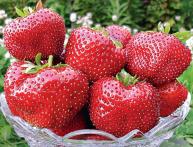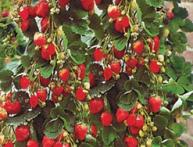Blackberry agricultural technology and its features
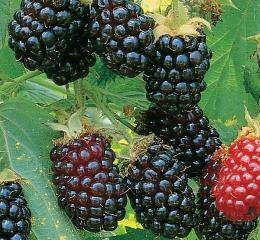
From seedling sellers blackberries you can hear some pretty amazing things, they claim that in one harvest a bush can produce up to 2-3 kg of berries, and in a season the harvest can be 35-60, or even 100 kg of berries. How true these statements are is of course debatable. The reference books give much lower yields, and even then, not per bush, but per square meter.
During industrial cultivation, this figure can approach 4 kg; experienced gardeners can obtain up to 8 kg of berries. With industrial methods of growing blackberries, it yield per hundred square meters from 70 to 240 kg. In reality, in a garden plot, even with proper care, the yield most likely will not exceed 160-180 kg.
But what about the myths about 100 kg of berries? Most likely this means climbing varieties, provided that blackberry agricultural technology corresponds to a high level
- plants receive a large amount of moisture
- in autumn the soil is richly fertilized
- in summer the bush receives 5-6 feedings
- A huge area is allocated for the bush, on which numerous shoots are located.
But even in this case 1 bush can produce 50-70 kg of berries. Experienced gardeners claim that 2-3 bushes located in the same area can produce a larger harvest. Moreover, caring for them will be much easier than caring for a large number of long lashes.
To obtain good harvests, blackberry agricultural techniques must be followed., although it does not have any special difficulties, some of its features need to be taken into account.
- Fruiting occurs on two-year-old shoots.At the end of the harvest, they need to be cut out, removed from the site and burned.
- The stems must be shortened in accordance with the recommendations of specialists.
- An important point in plant care is pinching, which leads to an increase in the fruiting zone.
- During and after the flowering period, as well as during the ripening of the berries, the plant must be provided with sufficient watering.
- High blackberry yields cannot be obtained without the application of organic and mineral fertilizers.
- The soil near the plant needs to be cultivated and kept clean; it is also useful to mulch it.

